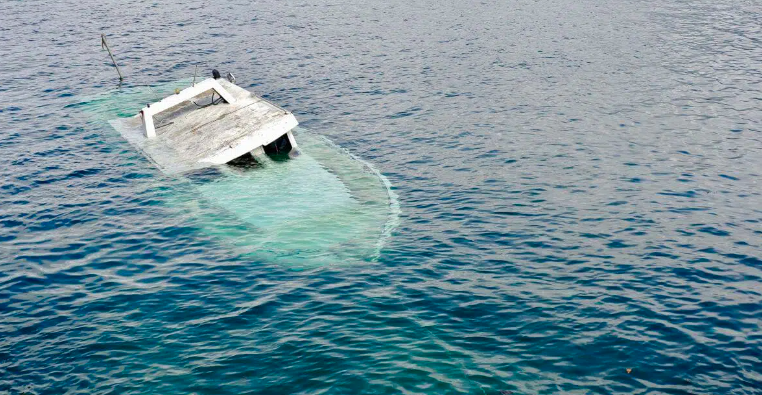Introduction
On a seemingly perfect November morning, the luxury yacht “Sea Mist” met an unexpected fate in the calm waters off Annapolis, Maryland. This 75-foot vessel, renowned for its opulence and modern technology, capsized in the Chesapeake Bay, stirring widespread concern and sparking a conversation about safety in the realm of luxury yachting. This article examines the specifics of the incident, explores the underlying causes, and discusses the implications for the future of maritime safety standards.
Unexpected Tragedy at Sea
The “Sea Mist” set sail from Annapolis, a city steeped in nautical tradition. Owned by a prominent entrepreneur, the yacht was known for its lavish fittings and state-of-the-art navigational systems. On that fateful morning, conditions appeared ideal with gentle winds and smooth seas—an unlikely scenario for disaster. Yet, as events unfolded, it became clear that even the most advanced vessels are not immune to peril.
Critical Failures Identified
The investigation into the capsizing revealed a confluence of technical and human errors. Key among the findings was a malfunctioning bilge pump, essential for removing excess water from the yacht. This mechanical failure, coupled with improperly secured heavy equipment from a recent upgrade, compromised the yacht’s stability. As the vessel turned, these elements catalyzed a drastic shift in balance, ultimately causing the yacht to overturn.
Human Error Compounds Risk
Contributing to the technical malfunctions was a significant human element. Reports suggested that the captain, eager to demonstrate the yacht’s enhanced capabilities, may have pushed the “Sea Mist” beyond its safe operational limits. This oversight, combined with the already present technical vulnerabilities, set the stage for the accident. It highlighted a critical oversight in training and operational prudence, which is often overshadowed by the allure of performance and luxury.
Safety Standards Under Scrutiny
The aftermath of the capsizing brought intense scrutiny to safety protocols within the luxury yachting community. Regulatory bodies and the Coast Guard embarked on a thorough review of the incident, questioning whether adherence to safety norms had been compromised in favor of aesthetic and performance upgrades. The incident served as a wakeup call to yacht owners and manufacturers about the paramount importance of safety over opulence.
Insurance and Regulatory Repercussions
Following the incident, the yacht’s insurance providers and regulatory authorities took a hard look at safety practices across the board. The oversight during the yacht’s refit process, particularly the failure to test safety systems adequately, became a focal point. As a consequence, insurance premiums for high-end yachts have seen an increase, with insurers now demanding comprehensive safety audits and certifications before offering coverage.
Conclusion
The capsizing of the “Sea Mist” is a stark reminder of the risks associated with luxury yachting, irrespective of the advancements in technology and design. The incident not only underscores the need for stringent safety measures but also prompts a reevaluation of priorities, placing safety at the forefront of yacht design and operation. As the industry moves forward, the lessons learned from this unfortunate event will hopefully steer future practices towards more robust safety standards, ensuring such tragedies are averted.

